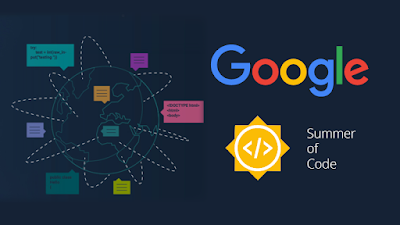Setting up RabbitMQ MQTT broker with for 2-way SSL

I wrote this tutorial because of the problems which I have faced in setting up 2-way SSL in the Rabbitmq broker. Hope you can figure your problem easily by following this guide. In two way SSL both certificates are exchanged among server and client and both sides are verifying the certificates. First, we have to generate certificates let's user guide in the Rabbitmq documentation to generate certificates https://www.rabbitmq.com/ssl.html git clone https://github.com/michaelklishin/tls-gen tls-gen cd tls-gen/basic # private key password make PASSWORD=bunnies make verify make info ls -l ./result Then you will generate the following certificates Next, you have to edit the rabbitmq.conf and advanced.conf to setup these certificates in rabbitmq.conf Add following config ( location /etc/rabbitmq/rabbitmq.conf )




